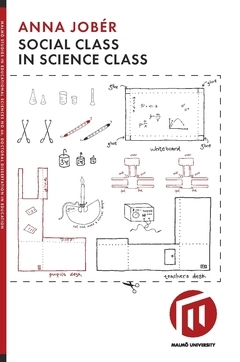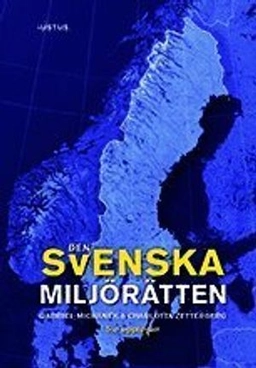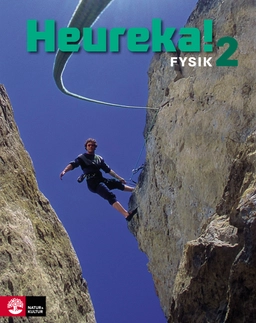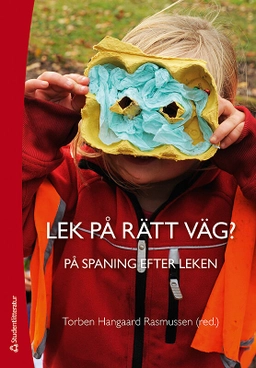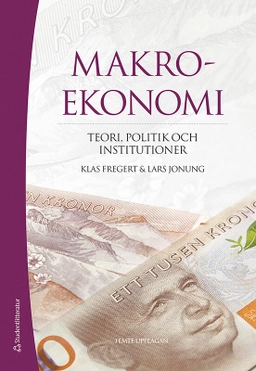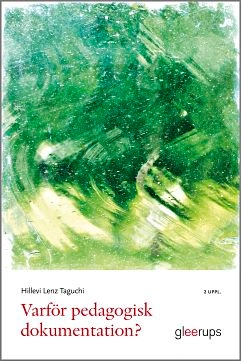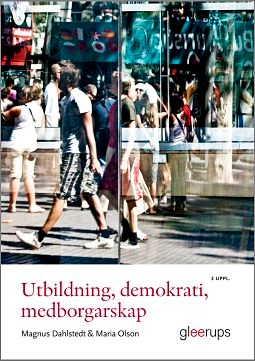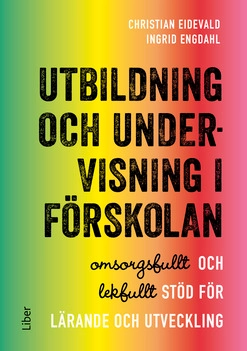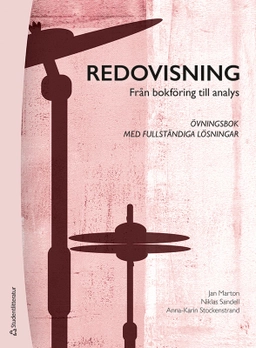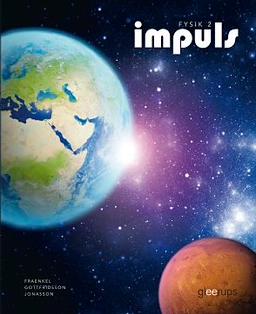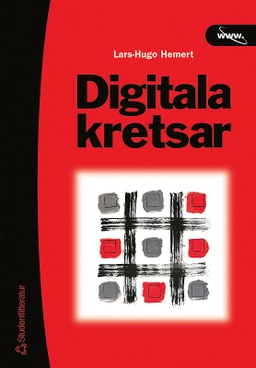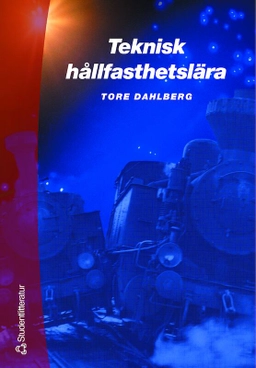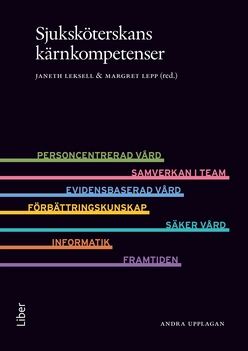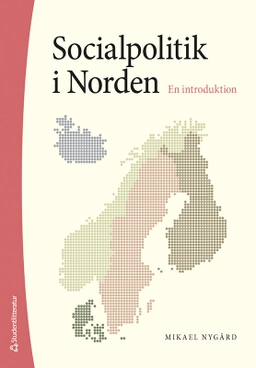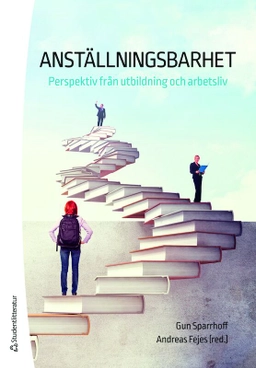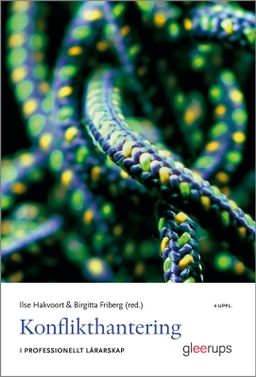English abstract One of the most important aims of schooling is to give all children an equal education. Despite this, social differences continue to be reproduced in school. Earlier studies show that there is a relation-ship between low socioeconomic background of students and low achievement in science education, thus excluding many students from highly-valued education and positions in society. Building upon established sociological frameworks – particularly those pro-vided by foremost Bourdieu and Bernstein - the overall aim of this thesis was to contribute to a more complex and multi-faceted de-scription and analysis of inequalities in education, focusing on so-cial class in the science classroom. Inspired by an ethnographic ap-proach, the data was produced through observations, field notes, interviews, and a questionnaire in a Swedish compulsory school. The students, aged fourteen and fifteen, were followed during a five week unit on physics (mechanics). Firstly, the descriptions and analyses of the school, the teacher, the student and the science classroom revealed that the knowledge threshold in the classroom has been lowered. This had been done in hidden negotiations (often with good intentions) between the students, the teacher, the sociohistorical legacy of science educa-tion, and a social discourse. It created a knowledge threshold, a lowest common denominator - which was altered not only for stu-dents from lower classes but for all the students in the classroom. Secondly, the descriptions and analyses of the classroom communi-cation showed that being able to translate, interpret and adapt to new or changed ways of talking increased the possibilities of un-derstanding what ways of talking and acting that were valid or not. What also was also shown was that ways of talking were created and influenced in an intricate interplay between the practices in the classroom, the teacher, and the students often in hidden negotiations. Together they constructed what ways of talking were valued and how you could act and talk in the science dialogues. In strongly controlled dialogues, more students could be heard and evaluated. However, it became a type of communication based on the lowest common denominator that in the long term might exclude all students and narrow their room to manoeuvre. Thirdly, laboratory work lessons could be lessons filled with curiosity, freedom and exciting challenges. However another picture emerged in this very common way to work in the classroom. For example, the regulative discourse totally overrode the instructional discourse and became decisive in this practical science activity. In addition, there were at least two parallel codes that needed to be translated and adapted to in the classroom. Laboratory work in this classroom was a social process that needed and was expected to be performed in groups. However, this became problematic since the grades were awarded to individuals and in addition, the reactions and the effects of a hierarchical class-marking group process became decisive. The groups became to some extent safe havens for the students, on the other hand, undermined their chances in the classroom. Labor-atory work left the students and the teacher blaming themselves even though the outcome was a result of the complex interplay be-tween practices, the science field doxa, the curriculum, social class, school premises and educational codes. Science learning and teaching in this classroom at its most basic was a social process and could not be correlated to, for example, inborn facilities per se nor to certain agents in the field. Social class was manifested in the science class, for example in the dialogues or in the laboratory work always performed in groups. However so-cial class must be understood as collective processes and in rela-tionship with, for example, the value that science is ascribed. It must be understood from the possibilities, limitations and the ex-pectations the students and teacher have and how these are used. Through descriptions and analyses of social class in the science class, this thesis revealed that science classroom activities and prac-tices and in turn room to manoeuvre and possibilities, are collec-tive processes.
Åtkomstkoder och digitalt tilläggsmaterial garanteras inte med begagnade böcker
